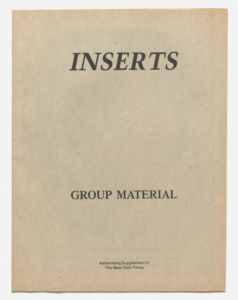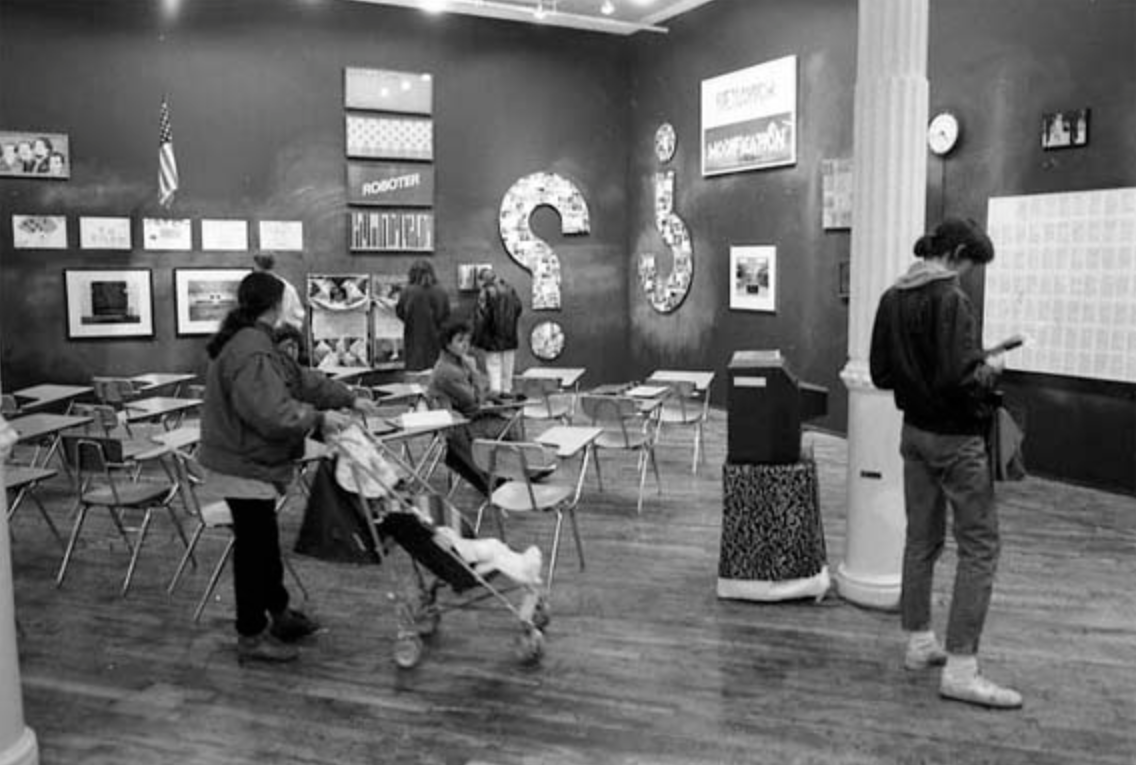Building on last week’s discussion, The Sleepwalkers continue to explore the politics of visibility and space in exhibitions. Our manifesto embraces nomadic, adaptable formats, challenging institutional constraints while engaging audiences in new ways. This fluidity aligns with Raqs Media Collective’s notion that art should exist in a continuous state of redefinition, avoiding fixed boundaries and questioning established frameworks of presentation (Raqs Media Collective 2013). By resisting static exhibition models, we aim to create spaces that encourage dialogue, spontaneity, and new ways of seeing.
The Peep Show concept remains central to our exploration, raising questions about who gets to see, what is concealed, and how space controls perception. This connects to Michel Foucault’s theories of surveillance and visibility, where exhibition spaces function as sites of power, shaping the viewer’s experience and reinforcing structures of control (Foucault 1977). By folding and manipulating space, The Sleepwalkers seek to subvert these dynamics, prompting more active engagement from audiences. The tension between visibility and secrecy invites viewers to consider their own role in the act of looking—whether as passive spectators or as implicated participants in the politics of exhibition-making.
Historically, collectives like Group Material have challenged curatorial norms by integrating social and political discourse into exhibition spaces, making the audience an active participant rather than a passive observer (Ault 2007). Their approach serves as a key reference point as we continue refining our ten manifesto principles, questioning how to balance experimentation with accessibility, while ensuring exhibitions remain collaborative, unpredictable, and responsive to context. Through this ongoing process, The Sleepwalkers seek to carve out a space where curatorial practice resists neutrality, embracing complexity and active participation.

Group Material, Inserts, 1988. Advertising supplement for The New York Times. The Museum of Modern Art, accessed February 16, 2025. https://www.moma.org/collection/works/
As Sleepwalkers, we embrace movement, uncertainty, and the unknown—always questioning what an exhibition can be.
References
1、Ault, Julie, ed. Show and Tell: A Chronicle of Group Material. London: Four Corners Books, 2007.
2、Foucault, Michel. Discipline and Punish: The Birth of the Prison. Translated by Alan Sheridan. New York: Pantheon Books, 1977.
3、Raqs Media Collective. Seepage: Culture, State, and the Art of War. Delhi: Sternberg Press, 2013.



Leave a Reply